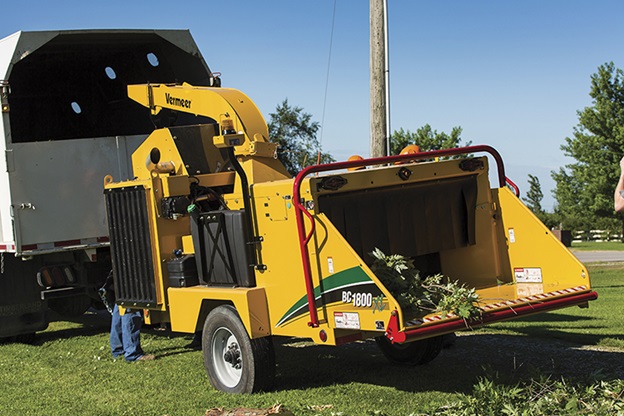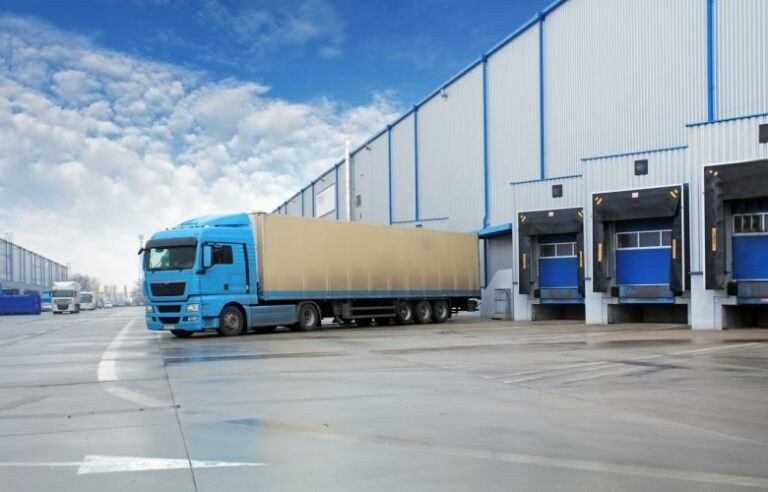In the highly specialized and competitive world of energy commodities, finding the right talent is crucial for maintaining a competitive edge. Commodity recruitment involves strategic processes that go beyond basic hiring practices. This guide delves into the nuanced strategies that businesses can employ to ensure they attract and retain the skilled professionals necessary for success in the energy sector.
Understanding Commodity Recruitment
Commodity recruitment refers to the specialized process of sourcing, vetting, and hiring professionals within the commodities market, particularly those involved in energy trading and management. This type of recruitment requires a deep understanding of the industry’s specific needs and the unique skills that candidates must possess to thrive in this dynamic field.
The Role of Specialized Recruiters
In such a niche market, specialized recruiters play a pivotal role. These professionals have a thorough understanding of the commodities market, including the technical skills and industry knowledge that candidates need. Their expertise allows them to effectively bridge the gap between highly qualified professionals and companies needing their skills.
Strategic Sourcing of Candidates
The first step in successful commodity recruitment is strategic sourcing. This involves identifying potential candidates from a variety of sources, including professional networks, specialized job boards, and industry events. Effective sourcing requires recruiters to have a proactive approach, often tapping into passive candidate pools who are not actively seeking new opportunities but may be open to the right offer.
Vetting Candidates for Industry Fit
Once candidates are sourced, the next step is a thorough vetting process. This includes assessing not only their professional qualifications and technical abilities but also their market knowledge and trading acumen. Behavioral interviews and scenario-based assessments can be particularly effective in understanding how candidates might perform in real-world trading environments.
Implementing commodity recruitment strategies effectively can lead to more successful hiring outcomes. This involves not only finding candidates with the right skills but also ensuring they align with the company’s strategic goals and culture.
Enhancing Candidate Engagement
Engagement strategies are crucial for keeping high-caliber candidates interested throughout the recruitment process. This might include regular updates about the hiring process, discussions about career growth opportunities, and insights into the company’s culture and values. Effective engagement helps ensure that candidates remain enthusiastic and committed throughout the lengthy hiring cycles often seen in this sector.
Negotiating Offers and Onboarding
Successful commodity recruitment doesn’t end with candidate selection. Negotiating offers that meet the expectations of high-demand professionals while staying within budgetary constraints is crucial. Once an offer is accepted, a structured onboarding process is essential to integrate new hires into the company swiftly and smoothly, setting them up for success from the start.
Building Long-Term Recruitment Partnerships
For businesses in the energy sector, building long-term relationships with recruitment agencies that specialize in commodities can yield significant benefits. These partnerships ensure that recruiters fully understand the company’s ongoing needs and can quickly respond when new opportunities arise. A trusted recruitment partner becomes an extension of the company’s strategic planning, helping to navigate the complexities of the labor market and adjust strategies as market conditions change.
Conclusion
Navigating the complexities of commodity recruitment requires more than just matching resumes with job descriptions. It demands a strategic approach that considers the unique aspects of the commodities trading market. By employing specialized recruitment strategies, businesses can enhance their ability to attract, hire, and retain the top talent needed to thrive in the competitive world of energy commodities. The success of these strategies lies in their execution, from initial sourcing to final onboarding, ensuring that each step is handled with precision and care.










